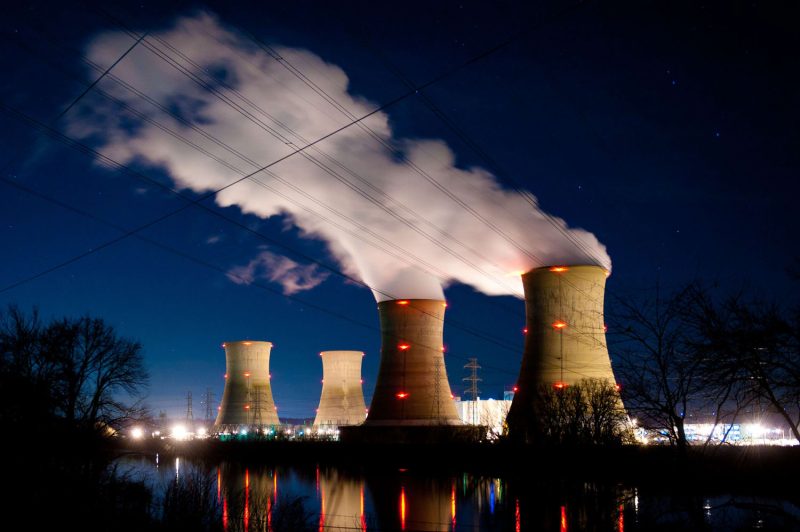Microsoft has made significant strides in the energy sector with the announcement of a novel partnership with the infamous Three Mile Island nuclear plant. Born out of necessity due to increasing data-center needs, it’s another example of unexpected partnerships brought about by the rise of big data and the effort to reduce carbon footprints.
Three Mile Island is a household name in America, primarily for the unfortunate nuclear accident that occurred in 1979. Situated near Harrisburg, Pennsylvania, the plant witnessed a reactor coolant leak, that led to a meltdown in the second reactor. Despite this accident, the Three Mile Island plant has continued to produce nuclear energy from its functioning first reactor.
Now, the still operational reactor of the nuclear plant has taken on a most unlikely partner to tend to: Microsoft’s data-center. In recent years, the technology sector has been struggling with the ever-increasing need for data storage and processing power. Microsoft, being a titan of the industry, certainly faces this issue. Hence, it has innovatively turned to nuclear energy as a solution.
Interlinking nuclear power and data centers might appear like the premise of a sci-fi novel, but it’s a reality envisaged by Microsoft. Consider the company’s data centers dotted globally, which are the backbone to multiple services like Bing, Azure, and MSN. These data centers consume colossal amounts of power, and since Microsoft has pledged to be carbon negative by 2030, an immediate requirement for cleaner energy sources is needed.
Data centers are typically built near reliable sources of energy. Nuclear power plants are considered reliable because they produce continuous power for an extended duration and are an excellent source of green, reliable, and abundant energy. Thus, the association between Microsoft and Three Mile Island appears much more viable from an energy need perspective.
Paving the way into a nuclear future, Microsoft plans to have the Three Mile Island nuclear plant aid in power supply for its data centers. The company’s investment in nuclear energy sends a strong signal for other tech giants to consider nuclear energy as a viable option. Nuclear power could prove a cornerstone for energy-hungry services in the age where the digital revolution has caused a surge in power demand.
This initiative by Microsoft further illustrates how nuclear energy, often maligned after infamous disasters, can have a practical application in today’s world when aligned perfectly. The utilization of Three Mile Island’s nuclear energy can sustainably power data centers, offering an alternative route towards decarbonization and embody an embodiment of sustainability.
However, jumping this hurdle doesn’t mean it’s the end of the race. The integration of nuclear power to cater to data centers’ energy requirements brings unique challenges. One such challenge is the management of nuclear waste. Additionally, ensuring the nuclear plant’s safety to prevent any accidents like the one in 1979 will require vigilant monitoring and frequent audits.
Nonetheless, Microsoft’s ambitious plan indicates the tech industry’s willingness to embrace innovative solutions to address energy needs and environmental concerns. It provides a robust model that suggests a sustainable way to deal with the high power requirements of data centers. The world will be watching this unique collaboration between Microsoft and the Three Mile Island nuclear plant, positioned at the precipice of a new dawn, an era where green energy stems from a fusion of technology and the most potent human-made power source, nuclear energy.




